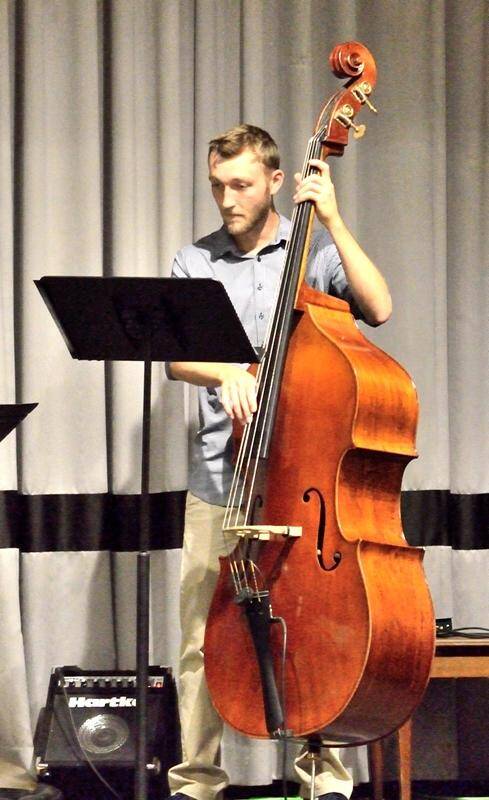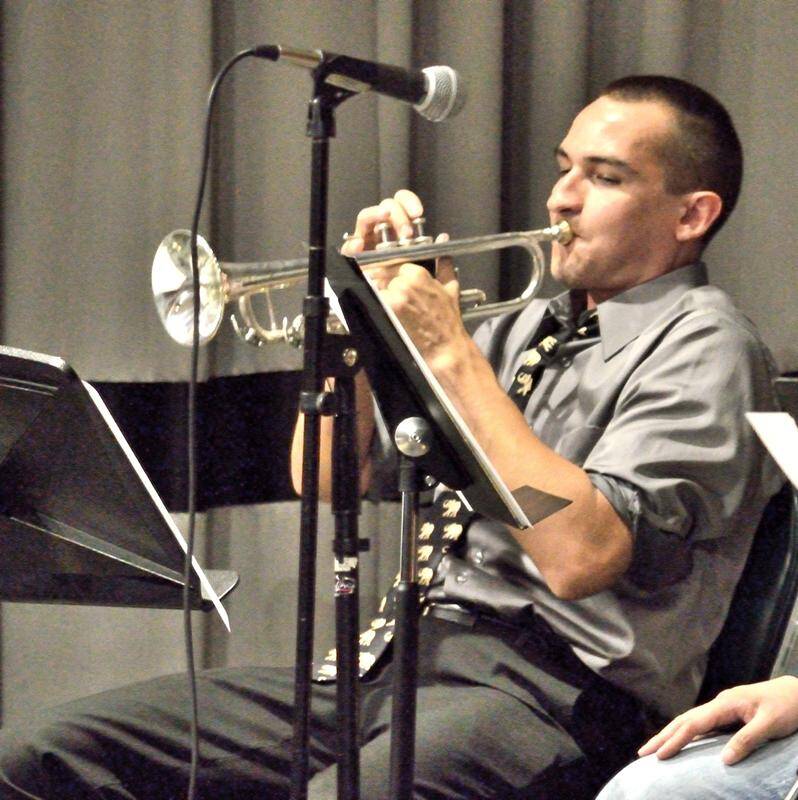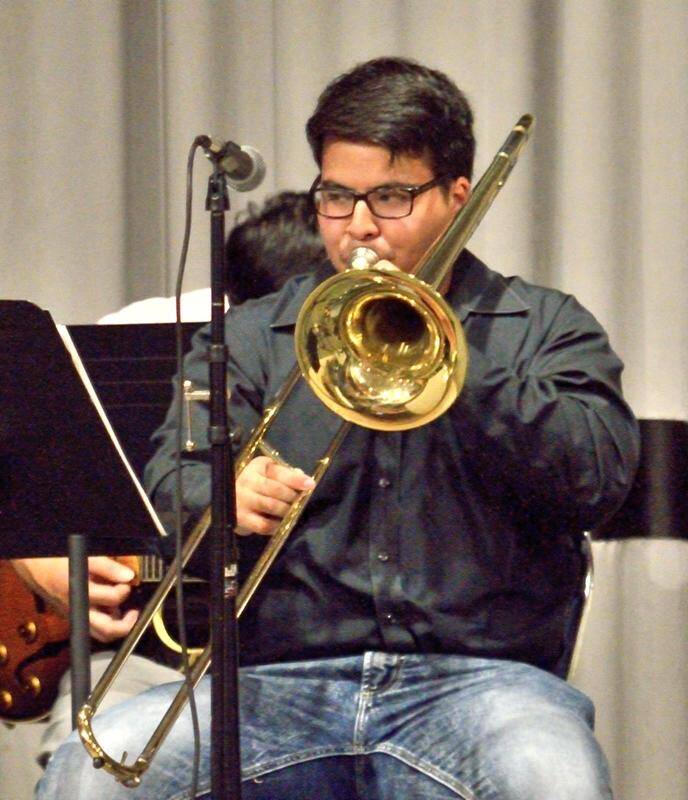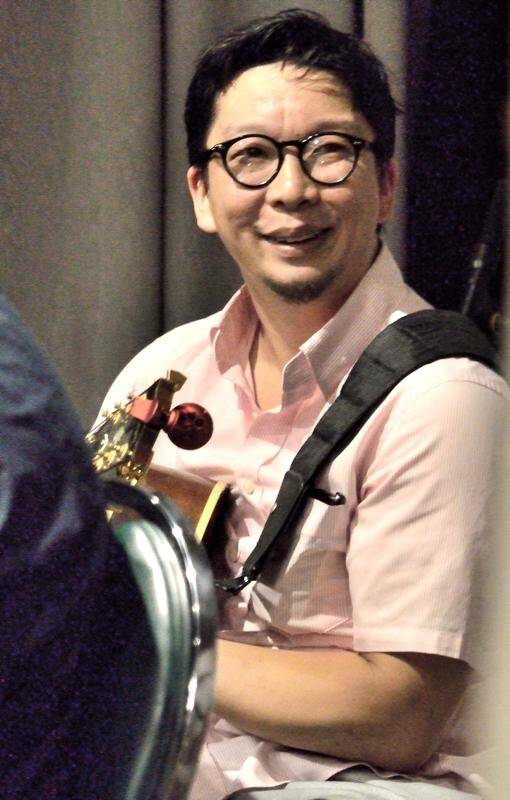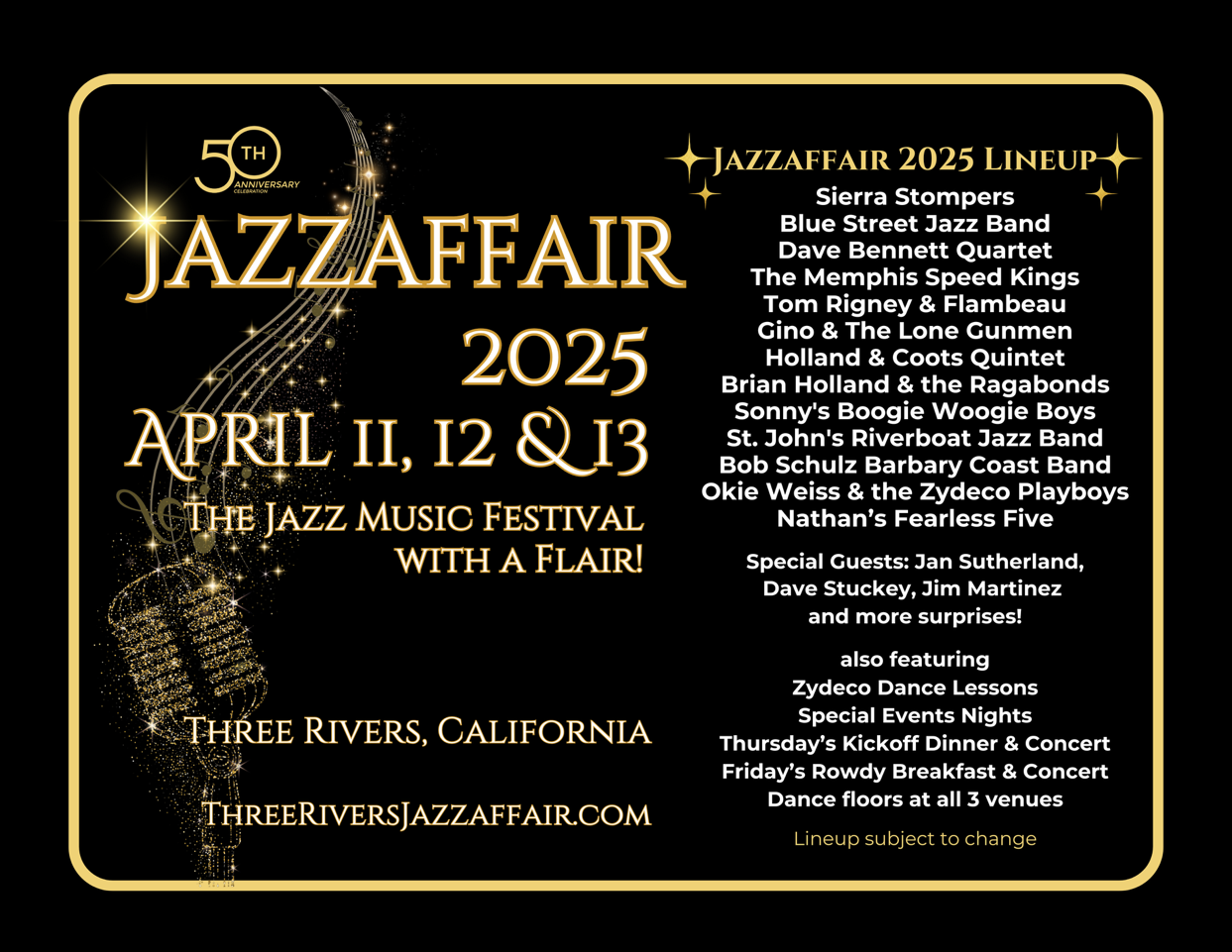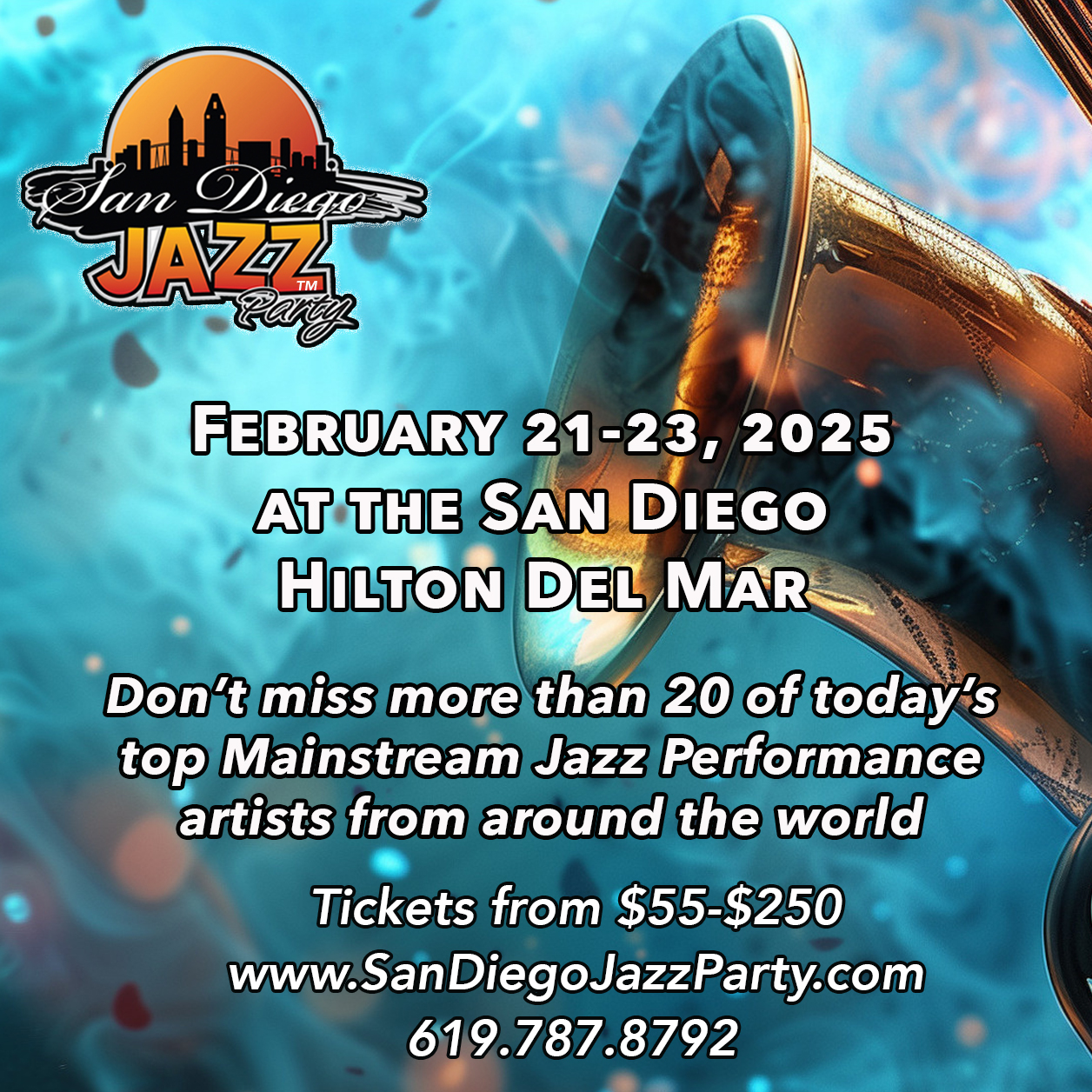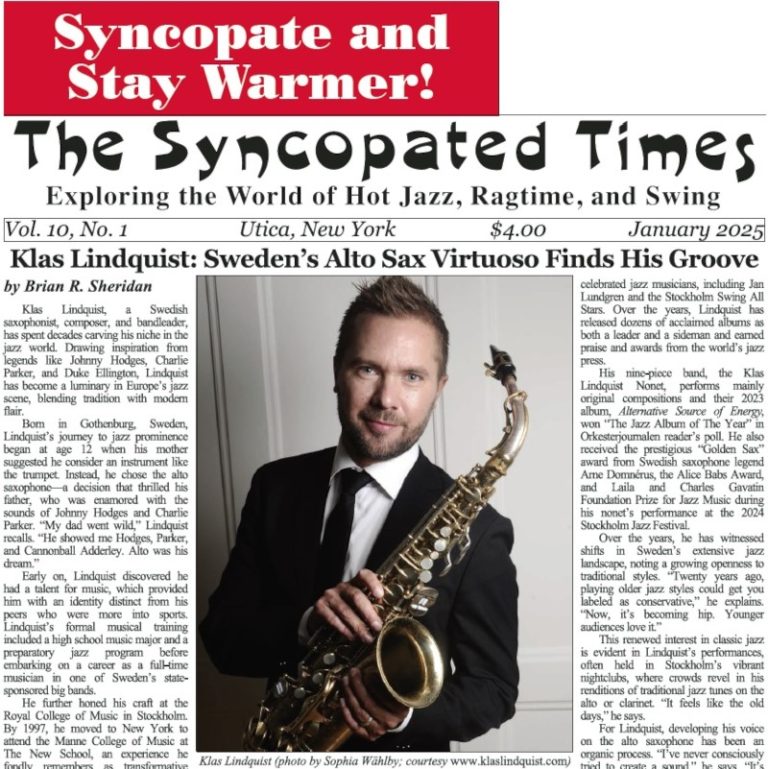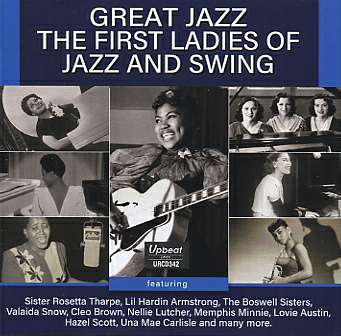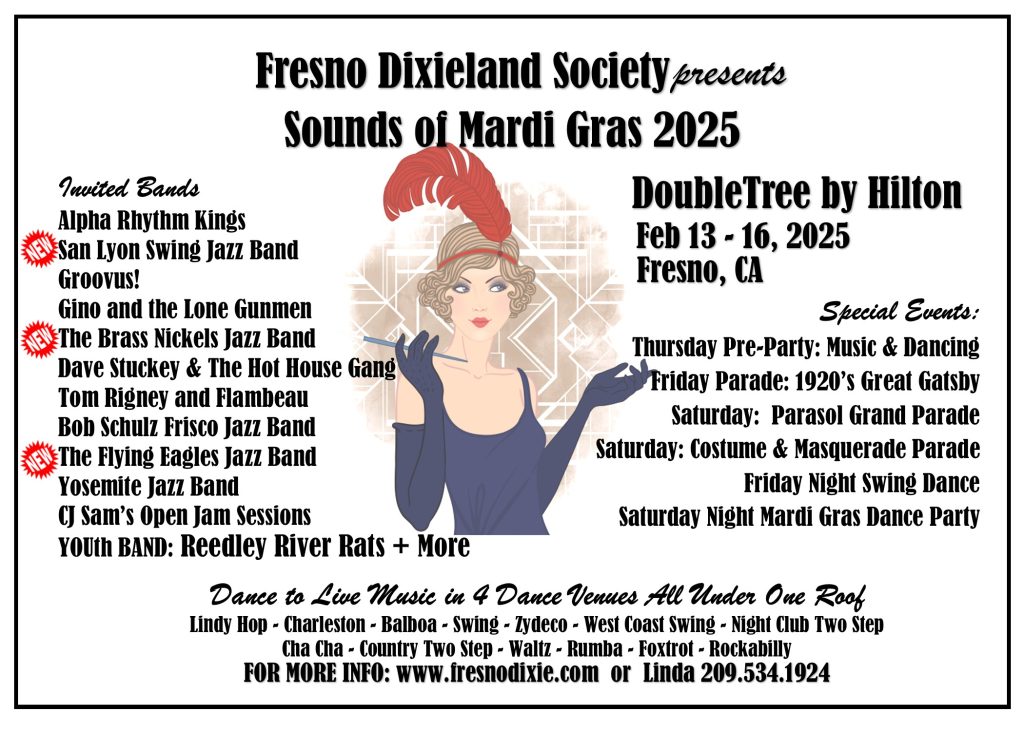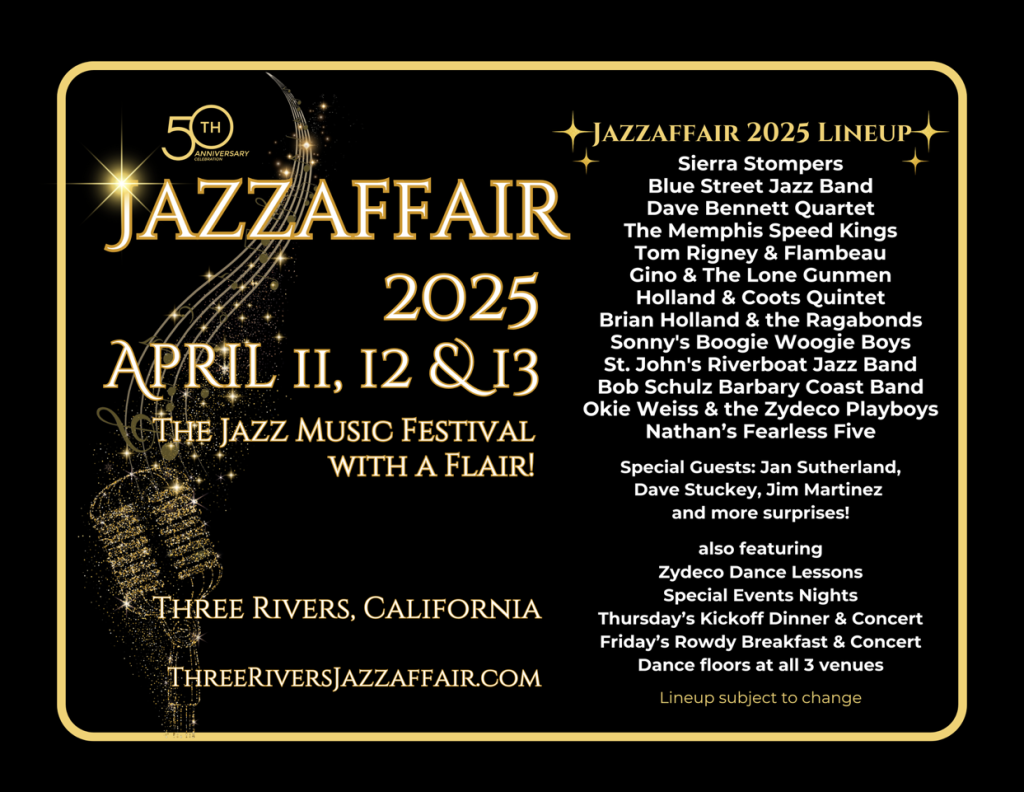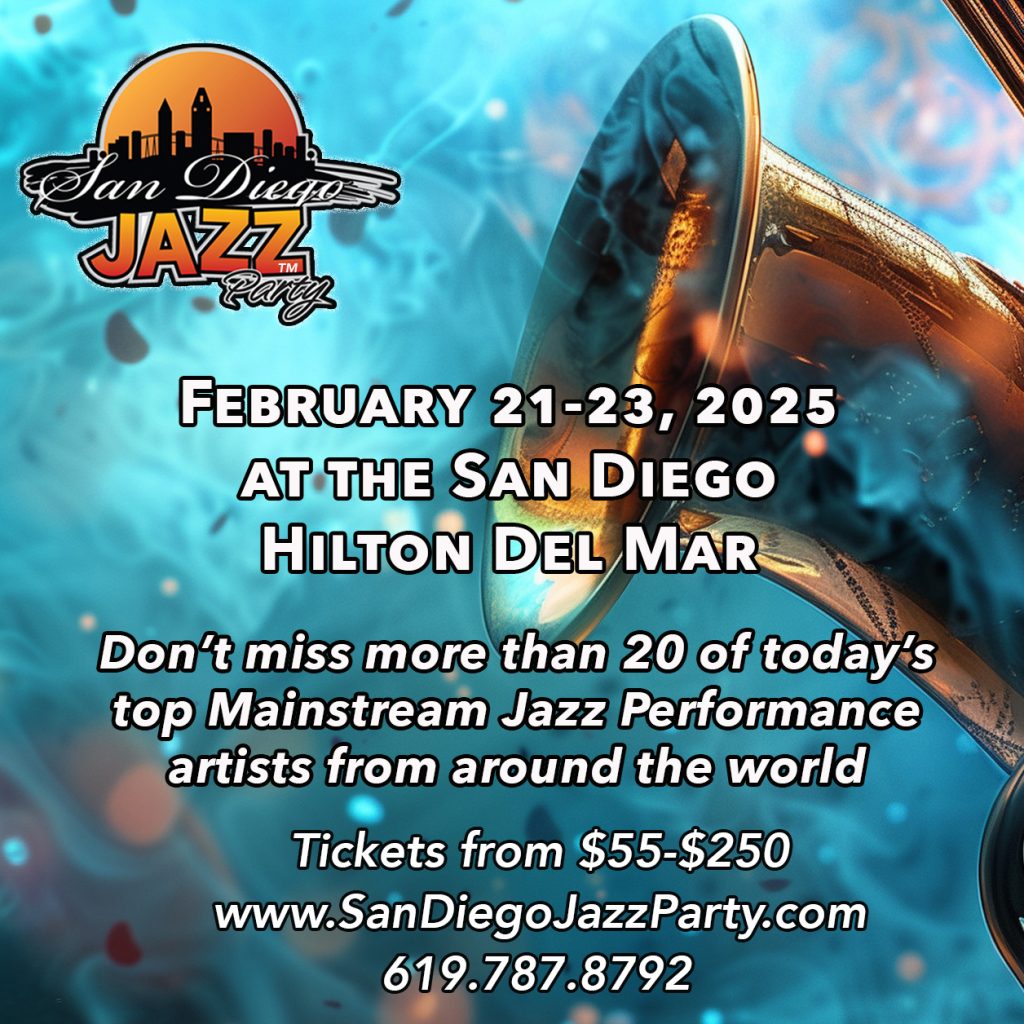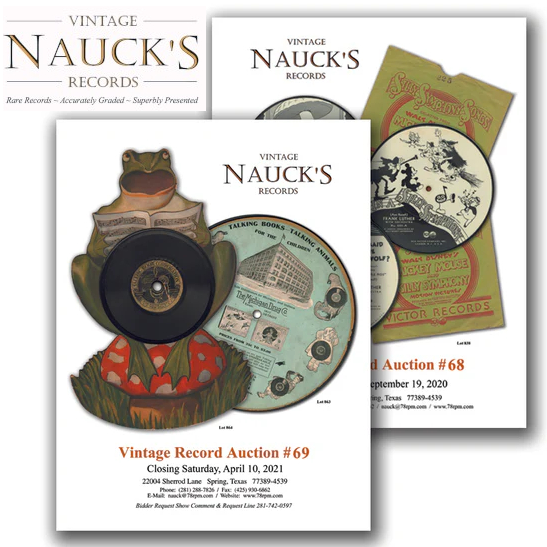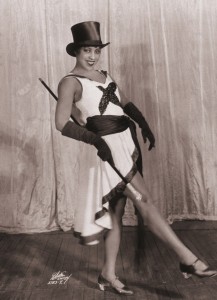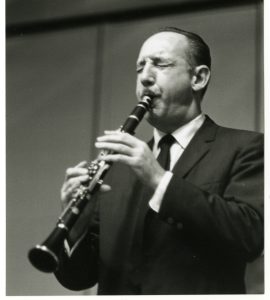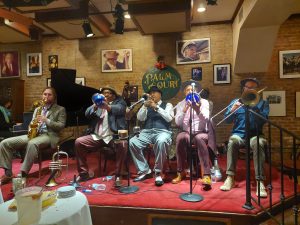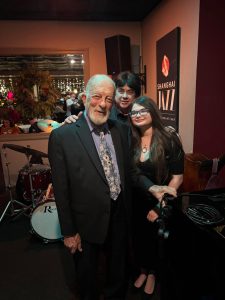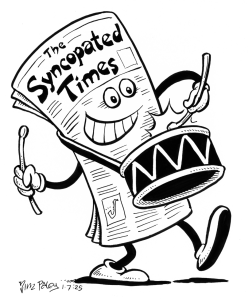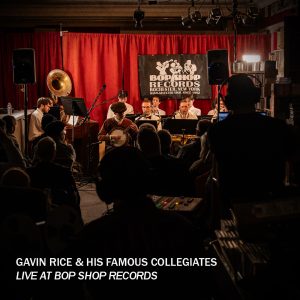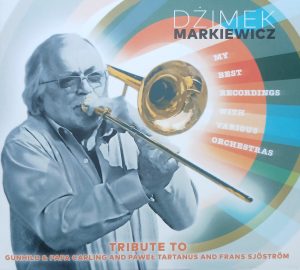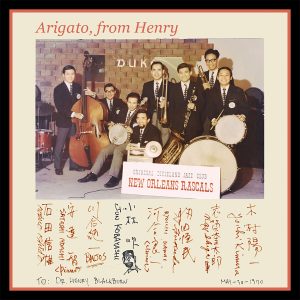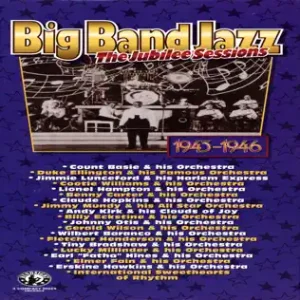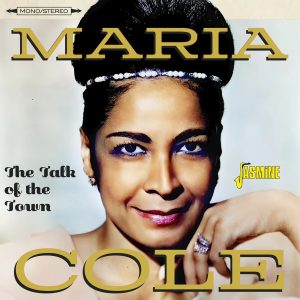That “Little Inner Voice” Is A Game Changer
Emilio Barkett came to the attention of the Valley Jazz Club a few years ago as a member of the respected JazzAmerica. The remarkable non-profit organization provides training and support for motivated student musicians. Valley Jazz Club supports their work perpetuating traditional jazz and was pleased to sponsor Emilio’s attendance at a traditional jazz camp for young musicians.
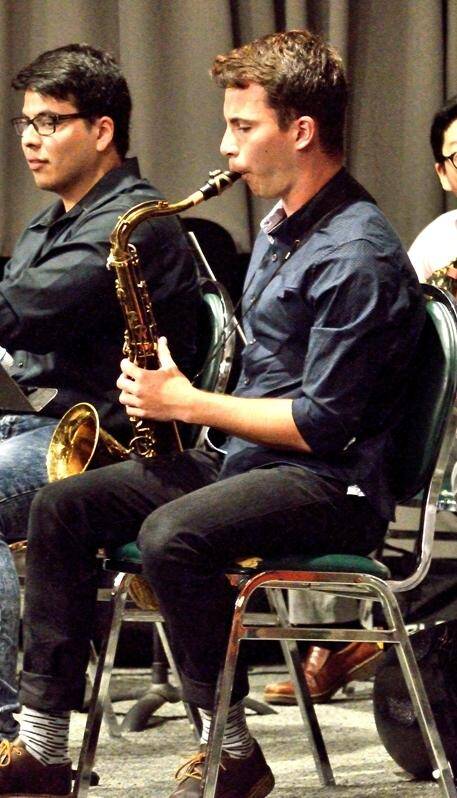
When he later formed his band, The Original Rays, they were invited to be a featured band at a club meeting. (See: Emilio Barkett & The Original Rays: An Eye Opener on the Future of Jazz) Not quite a year after that successful performance, when they were booked again, a couple of changes were noted. Two rhythm players were replaced, a guitarist was added, and leader Emilio switched from alto sax to tenor sax. But there was another, very unexpected, change—the music itself. I was quite surprised, as were some others, that the anticipated traditional jazz style had been replaced by a modern style. Que paso—what had happened?
However they start out many musicians develop with time and exposure to various styles a “little inner creative voice.” Since his prior appearance at the Valley Jazz Club, Emilio has become a devotee of the modern stylings of saxophonist Eric Marienthal, who in 1995 was awarded the Berklee (College of Music) Distinguished Award for Outstanding Achievements in Contemporary Music.
It’s normal for an ambitious young musician to focus on an impressive established player that he or she admires, to be enthralled with what and how the admired player voices the same instrument, and as a musician, want to be that revered musician. It’s a learning process on the way to becoming your best self as an original musician. Leader Emilio’s little inner voice must have told him to listen to his heart, and play the way he really wanted, more like Marienthal. And he did. This resulting concert may not have been traditional jazz, but it was inspired jazz that seemed to lift the room and took it to a new place. A standing ovation at the end of the set expressed that an aware audience knew what had happened. This positive response demanded an encore, while spirits of the band seemed to be soaring at audience response, which became a joyful relief as they dug deeply into the encore.
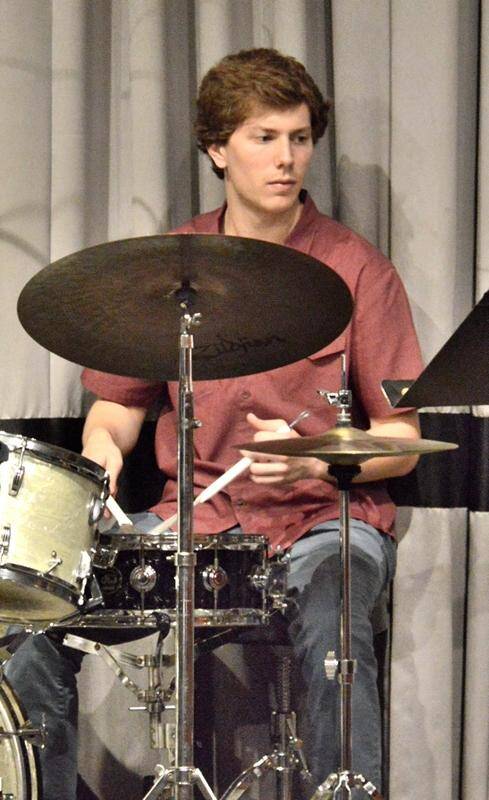
Some of my favorite selections included a brace of Sidney Bechet tunes: “Petite Fleur,” with strong guitar accompaniment by Masami Kuroki, and light handed drum work by Travis Hunter, and “Sweet Louisiana,” in an extended version for improvisational individual performances. The most fun was an upbeat version of a colorful old tune, “The Sheik of Araby.”
For “Sunny Side of the Street,” AJ Asano put down his trombone for successful scat-singing, with a feature by bassist Tory Klein and Andrew Chermack on cornet. And finally, George Gershwin’s classic, “Summertime,” was beautifully sung by AJ Asano, in an updated, personalized presentation, with notable guitar work, and beautiful enhancement by saxophonist Emilio Barkett and pianist Derrick Morales. This piece deserved the “Wow!” rating of the concert.
There remained, however, the change in expected style of the music that needs to be considered. There were traditional jazz fans hoping to hear what they came for, not another style. I have heard a few such comments, and I recognize that fans may have well-defined likes and dislikes, and they are entitled to their opinions and choices.
Thinking about this situation, I later watched and listened to a video of Eric Marienthal playing “Body and Soul,” a wonderful tune by Johnny Green, to try to understand his “pull” on our feature band—his musicianship and presentation were absolutely superb, and he played with tangible emotion, setting a high standard with a modern bent. It was interesting and great listening, and I now better understand and appreciate his influence in the performance surprises of The Original Rays. I enjoyed the young band’s inspired performance and enthusiasm, with their new direction and interpretation—but I still love traditional jazz, too.
